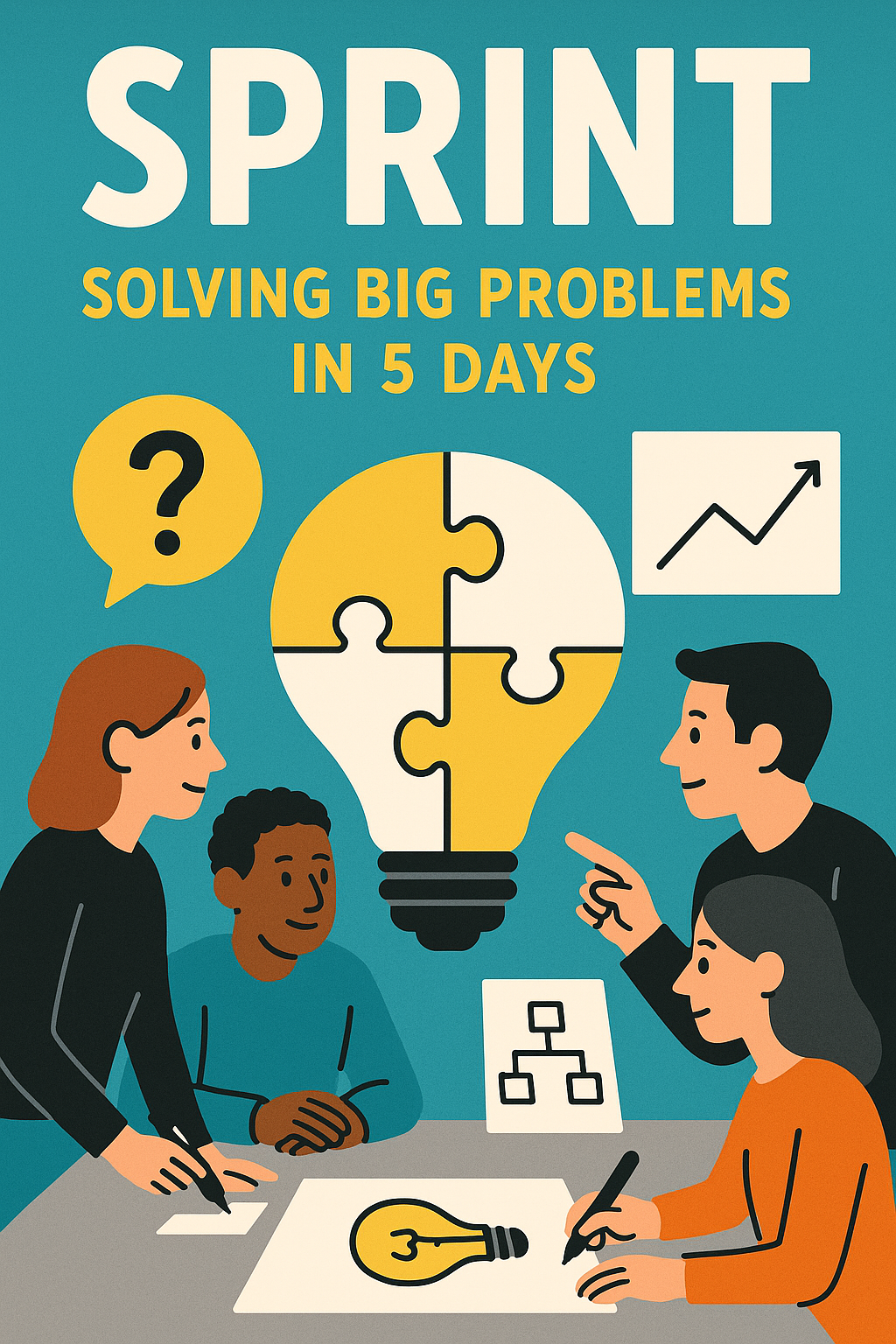Introducing the Design Sprint Method

What if you could solve your biggest business problem in just one week? That’s the promise of the Design Sprint, a five-day process developed at Google Ventures by Jake Knapp and team.
Instead of long cycles building and launching to see if an idea works, a Sprint compresses months of debate and development into a single week.
It’s a “greatest hits” of innovation, design thinking, and business strategy packaged into a clear step-by-step method.
Product managers and startup founders have embraced Sprints to quickly validate ideas, focus their teams, and save resources by learning fast. In fact, companies from Slack to Nest and even the UN have used Design Sprints to tackle big challenges.
In a Sprint, a cross-functional team works through five stages in five days: defining the challenge, sketching solutions, deciding on the best idea, prototyping, and testing with customers.
By Friday, you’ll have a realistic prototype and real user feedback – invaluable insight to decide your next steps. This rapid approach helps you fast-forward into the future to see how customers react before you make costly commitments.
It’s about learning by doing and making progress quickly, which is crucial for any fast-paced product team or startup.
Why it matters: Design Sprints provide a proven framework to reduce risk and drive focus. Instead of guessing what users want, you get evidence in just days. Over the next five posts, I’ll break down each day of the Sprint and how you can apply it.
Stay tuned for weekly insights describing daily Design Sprint from Monday to Friday – solve problems faster than ever.
Have you tried a Design Sprint (or would you)? What big problem would you tackle in five days? Let me know your thoughts!


